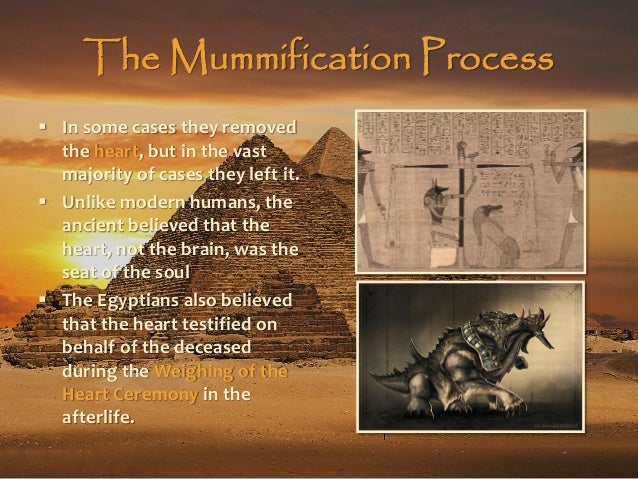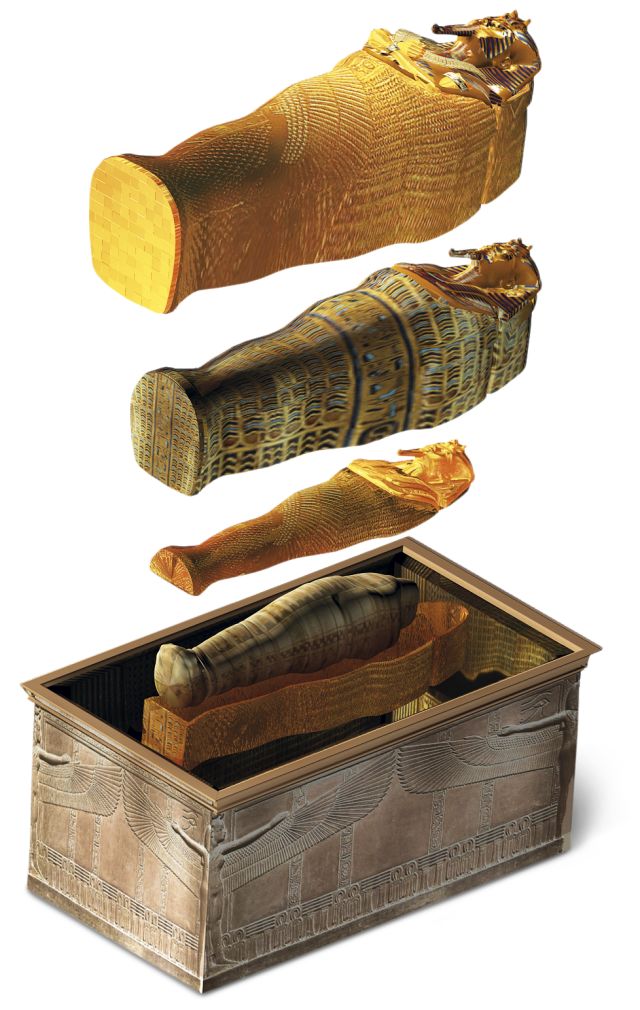
Our first challenge was to decide on an area of study. How we were going to create a scientific question to answer was not known. When we were asked what we were interested in exploring this year, one thing we all had in common was an interest in ancient civilizations. The Rhino, HockeyTimbit, and Niccthehit – Hunting and Warfare Specific Areas of Interest: Ancient Egypt General Areas of Interest: Ancient Civilizations Today, we can examine ancient sarcophagi and try to further understand the lives of ancient Egyptians.Members: Mickeymouse17, Harold, Mickeyfish, The mummification process allowed for the preservation of lost loved ones for many years, as well as gave the living a sense of peace that their friend or relative was on the way to a better place. The whole process spanned about seventy days.

After the body was fully wrapped many times, it was placed in multiple coffins and finally laid to rest in a stone sarcophagus inside its tomb. Resin was added between each layer of bandages to help them stick together, and religious amulets were added as well to protect the body and spirit during the journey to the underworld. The wrapping process started with the head, neck, fingers, and toes, and then progressed in layers to the other body parts. When the embalming process was complete, the wrapping of the body with linens began.

The final step in embalming was to return the now-dehydrated organs back to the body and to stuff the body with dry powders like sawdust to make it look more lifelike. The Egyptians left the heart inside the body, however, as they regarded it to be the center of intelligence and a spiritual guide for the person in the afterlife.Īfter removing internal organs, the body would be stuffed with a mineral salt called natron to dry it out after forty days, the body would be washed again with water from the Nile and oils to keep the skin supple. The brain would be pulled out of the body through the nose using a large hook.

Then, they would remove internal organs like the intestines from the body, which are usually the first part of the body to decompose. During the embalming stage, the Egyptians would bring the dead body into a tent called an ibu, wash it with palm wine, and rinse it with water from the Nile River. The mummification process consists of two main stages: embalming and wrapping.

Egyptians believed that the body was the home of the soul, and if their bodies decayed, the spirits of their loved ones could be lost thus, they devised a lengthy, complex process of mummifying dead bodies. Mummification was a process undertaken by Ancient Egyptians to preserve the bodies of their loved ones after death.


 0 kommentar(er)
0 kommentar(er)
